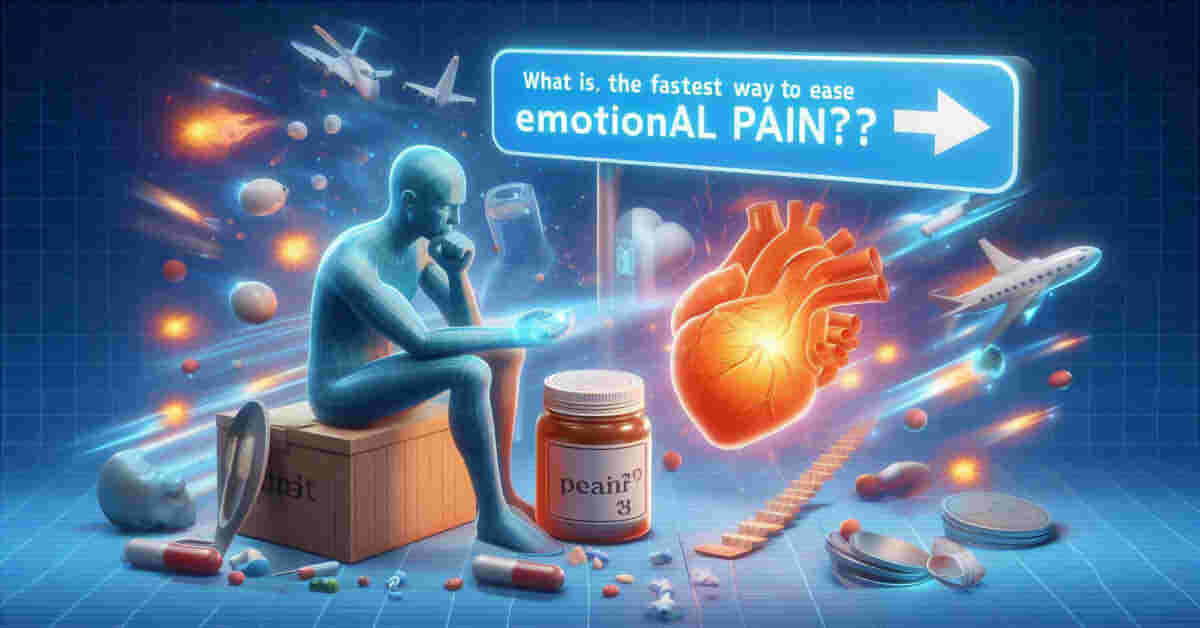Asking “What part of the brain controls emotions?” reflects a lack of self-knowledge and highlights common misconceptions about the brain’s role in emotional regulation. This misunderstanding is widespread today, as many people have limited understanding of their own emotional processes. This lack of awareness poses a significant challenge because not knowing oneself can hinder personal growth and self-healing.
To address this question, we need to explore the real role of the brain, why the brain alone cannot control emotions, why emotions cannot be fully controlled, and the true factors that trigger emotions.
The Real Role of the Brain
The brain plays a significant role in processing emotions, but it does not control them in a simple, direct way. Instead, the brain’s primary role is to serve as a processor and responder to various internal and external stimuli. It reacts to your perception of circumstances, situations, and events, often translating these reactions into emotional responses.
Several brain regions are involved in these emotional responses, most notably the amygdala, which is crucial for detecting emotional stimuli and generating responses, particularly those related to fear and pleasure. The prefrontal cortex helps modulate emotional responses, allowing for regulation and thoughtful response, while the hippocampus is involved in forming emotional memories.
In this sense, the brain acts more like a translator of your experiences and perceptions. If you perceive an event positively, the brain tends to generate positive emotions; if you perceive it negatively, it tends to generate negative emotions. The brain does not control emotions but rather reflects your interpretation of your experiences.
Why the Brain Can’t Control Emotions
The brain does not directly control emotions because emotions are automatic responses that arise from complex neural processes. These processes are influenced by both internal stimuli (such as memories or sudden thoughts) and external stimuli (such as circumstances, situations, and events). The brain processes these stimuli, but it does not exert control over the initial emotional response. Emotions are instinctual and automatic, emerging without conscious effort or deliberate control, making the concept of “controlling” them misleading.
Why Emotions Can’t Be Controlled
Emotions cannot be fully controlled because they are inherent, instinctual responses that occur in both the brain and body, often without conscious awareness. Attempting to control emotions directly can lead to emotional suppression, which is often counterproductive and can increase stress, anxiety, and other mental health issues. Instead, emotions are best managed through awareness and acceptance.
Combining awareness and acceptance is crucial for effective emotional regulation. Awareness involves paying attention to your emotions as they arise and observing them without judgment, while acceptance means allowing emotions to exist without trying to change or suppress them, regardless of whether they are perceived as positive or negative. This approach enables healthier emotional processing and contributes to emotional resilience.
The Real Entity That Triggers Emotions
Emotions are triggered by a combination of external factors (such as events or interactions) and internal factors (such as thoughts, memories, and physical sensations). Your perception and interpretation of these factors play a critical role in triggering specific emotional responses. By becoming more aware of these triggers, you can choose how to respond to them rather than reacting automatically. This approach allows for greater emotional regulation and reduces the likelihood of being overwhelmed by intense emotions.
Understanding that the brain does not control emotions but rather processes and responds to stimuli can help you develop a healthier relationship with your emotions. Instead of striving for control, focus on understanding and regulating your emotional responses through awareness, acceptance, and self-reflection. This shift in perspective fosters emotional well-being and personal growth, allowing for more effective self-healing and a more balanced mental state.


